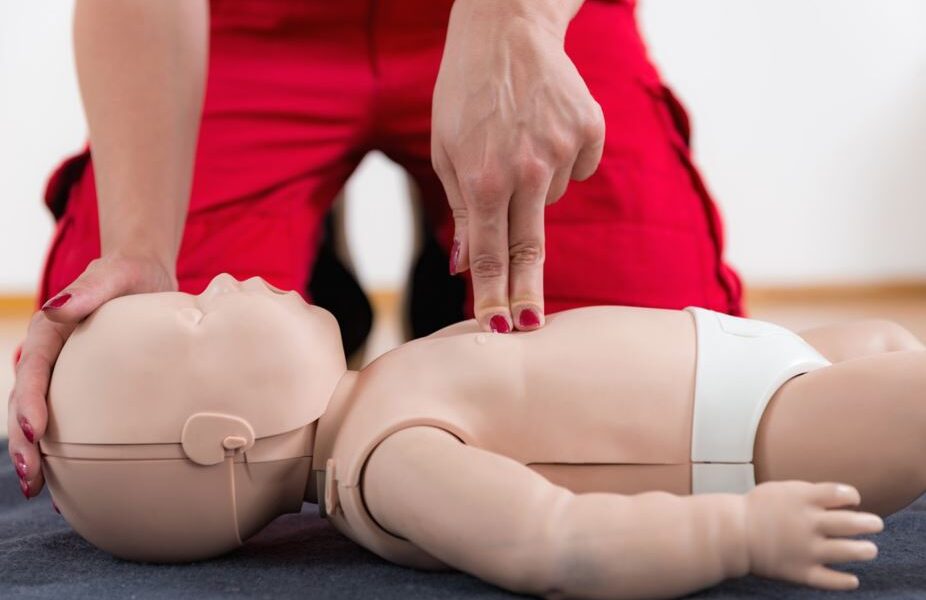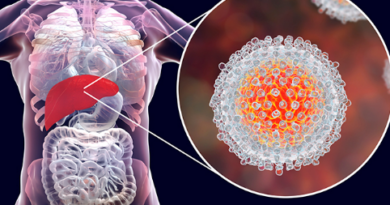
Did you know that you should be often prepared for emergencies at all times? When you’re a parent, being typically prepared for an emergency may mean being prepared to perform CPR on your child.
CPR is a lifesaving support method that can restore blood flow and help your child breathe, especially if your child is choking on something. It’s best to know the proper CPR for infants, so you’ll be prepared to intervene if the situation arises.
So how do you perform CPR on an infant?
Worry not, we’ve got you covered. Here’s a CPR guide you must need to know. Keep on reading!
Gather Essential Supplies
Before performing CPR on an infant, it is essential to gather the necessary supplies. The basic items needed include a dry cloth or sterile gauze that can be typically used to cover the infant’s mouth and prevent cross-contamination, a safety pin, and a pair of latex gloves.
Other supplies that may come in handy include a pocket mask or resuscitation bag that you can use to give breaths to the infant and an automated external defibrillator (AED) and electrodes, if one is available.
Recognizing When to Perform CPR
Recognizing when to perform CPR on an infant is essential for saving a baby’s life. It is important to check for responsive breath from the baby or lack of a pulse. If there is no response or the baby is not breathing, this is a sign to start CPR.
Positioning the Infant for CPR
Positioning the infant for CPR is an important and necessary part of performing CPR on an infant. Firstly, the infant should be placed on a firm, flat surface, preferably on a table or floor.
The rescuer should kneel next to the baby and tilt the head back to open the airway. The tongue should also be pulled away from the back of the throat.
Delivering Correct Chest Compressions
It is most important to use correct chest compressions when performing CPR on an infant. To do this, you must use only two fingers and press down on the lower half of the sternum, at least one and a half inches deep.
It is also important to use short, quick compressions and to keep the pace of at least 100-120 compressions per minute. After each compression, the chest should recoil completely before the next compression is delivered.
Taking Care to Monitor the Infant’s Vitals
After doing all the CPR steps, monitor the infant’s pulse and respiration. If you can feel a pulse, allow the infant to breathe, and if not, continue the process.
The chest should be released completely after each compression allowing the heart to fill with blood between compressions. Monitor the infant’s vitals for any signs of improvement, and be sure to seek medical attention as soon as possible.
You may also visit https://cprcertificationnow.com/products/cpr-first-aid-bloodborne-pathogens-certification-online, which can help you learn CPR for an infant or a child.
Knowing How to Perform CPR on an Infant Today
CPR can be a lifesaving technique. Knowing how to perform CPR on an infant is crucial today. CPR instruction can often be found through community classes offered in your area.
Taking the time to learn proper CPR techniques could be the difference between life and death for a child. Don’t delay; follow these CPR tips and begin your CPR training today!
Did you find this article helpful? Check out the rest of our blogs!








